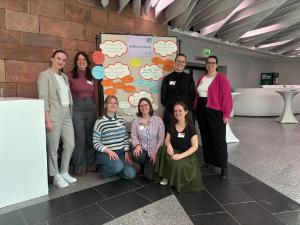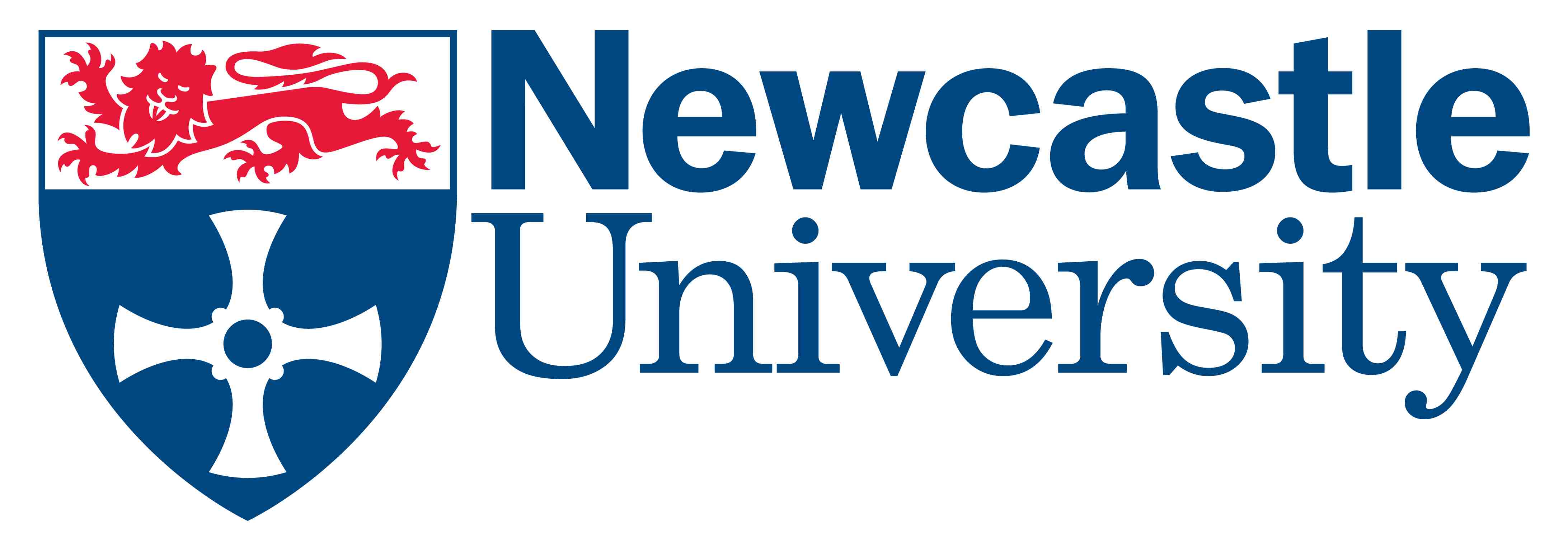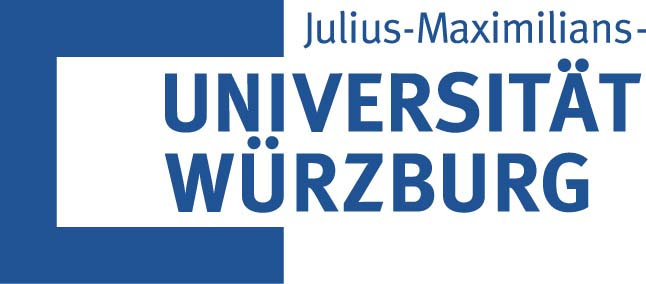Blog
Staging Democracy in Museums. The DMB annual conference in Chemnitz (May 2025)

- by Susanne Bremer and Nadine Schneider
Mining industry, socialist prefab architecture, and far-right riots – these are what the Saxon city of Chemnitz has been commonly known for in recent years. Yet it is also the European Capital of Culture 2025. Achieved through great effort, the city and its people have once again demonstrated their social and cultural potential, as well as their commitment to cultural democracy – underlined by their chosen theme: C the Unseen – European Makers of Democracy.
The Deutsche Museumsbund (DMB), the German Association of Museums, seized this opportunity to hold their Annual Conference at City Hall, accompanied by workshops and guided tours across the city. With approximately 800 people attending in person and another 150 joining online, this was announced as the largest Annual Conference in the Museumsbund’s history. Museen stärken Demokratie, Museums strengthen Democracy, made for a powerful title, although the question remains whether this describes the current reality or rather reflects institutional aspirations. Overall, the conference addressed ethical, legal, and strategic questions, while providing examples from German museums.
The conference opened with a reception on Sunday, 4 May, at the Sächsisches Museum für Archäologie Chemnitz (SMAC), offering guests the rare opportunity to enjoy food and drinks inside a museum setting. The following day, Monday 5 May, the programme began with a keynote by DMB Chair Wiebke Ahrndt, aligning with the conference’s theme and even making local headlines as she called for museums to be better protected from political interference, specifically by anchoring their independence in the German Constitution.
Later contributions shifted towards more practical concerns. A “Fishbowl Discussion” on Monday evening spotlighted widely differing approaches to engaging with far-right visitors: Should they be allowed access to museum spaces, perhaps after being informed of the institution’s values? Or should museums deny engagement altogether, arguing that such visitors pose a threat to the institution’s mission? The conversation also addressed the urgent need for greater support in rural museums and the tensions involved in managing these overlapping challenges.
A particularly relevant topic on Monday – of interest also to both our attending students and members of the Cultural Dynamics project team – was how to better integrate the perspectives of young museum professionals into the broader museum discourse. For the first time, the DMB hosted a panel and moderated discussion during a coffee break dedicated specifically to this issue. Student representatives from the University of Würzburg, members of the Working Group Volontariat (an institutional training scheme in museums for postgraduates), and other interested attendees discussed the challenges faced by the younger generation (the so-called Nachwuchs, literally “offspring”) as they enter the museum field. The student representatives had previously conducted a survey to gather their peers’ concerns, which they presented on a notice board (see photograph). Although attendance was relatively modest, the discussion was valuable for all sides and generated strong enthusiasm for holding a similar session at next year’s conference.
As Cultural Dynamics and the conference theme aligned so well, we also took the opportunity to present results of our survey conducted among museum professionals between September and December 2024. Although the survey included UK results, we focused solely on the German data, especially as the conference audience included many of our German participants and we only had a 10 minute time slot to present! While stepping on stage in front of such a large crowd was certainly intimidating, our team members Carla-Marinka and Susanne had prepared thoroughly and had confidence that the survey’s data and quotes would speak for themselves. In fact, from the stage we saw many audience members raising their phones to photograph our slides filled with graphics and statistics. Even though much of the information may have resonated with participants’ personal experiences, the empirical framework helped place individual impressions in a broader context, hopefully offering both reassurance and a solid foundation for discussions with superiors or stakeholders.
While the conference provided many interesting workshops and practical examples of museum work in Germany, what stayed with us most was the friendly face Chemnitz presented: socialist-era architecture being modernised with sensitivity to its history (especially striking for those of us from former West Germany), and the many engaged, curious people who see museums and democratic engagement as closely connected – whether through participatory projects, political positioning, or advocacy for accessibility and inclusion. The conference showcased a broad range of such strategies and interpretations of the theme, offering a wealth of inspiration for conference participants. What an intriguing field to continue exploring and working in!
Last modified: Mon, 23 Jun 2025 12:08:00 BST




